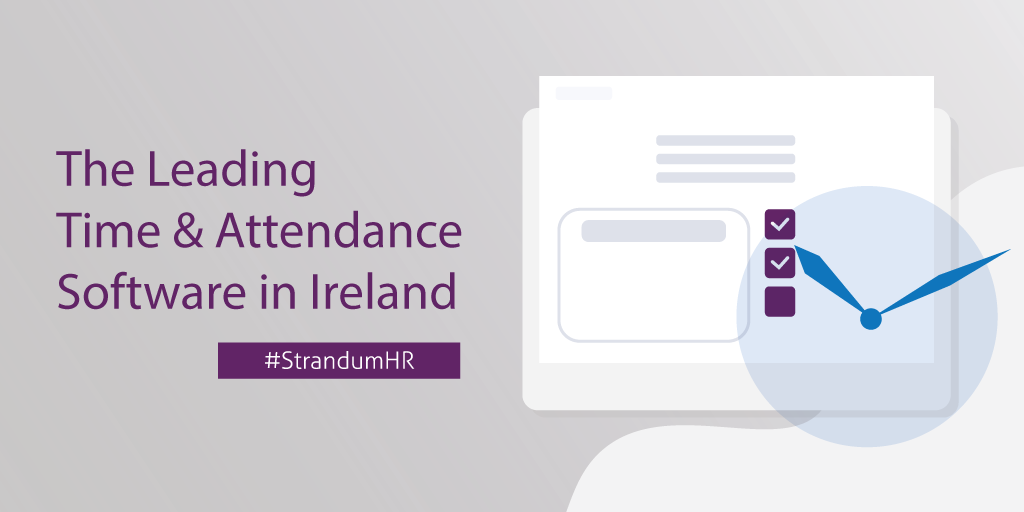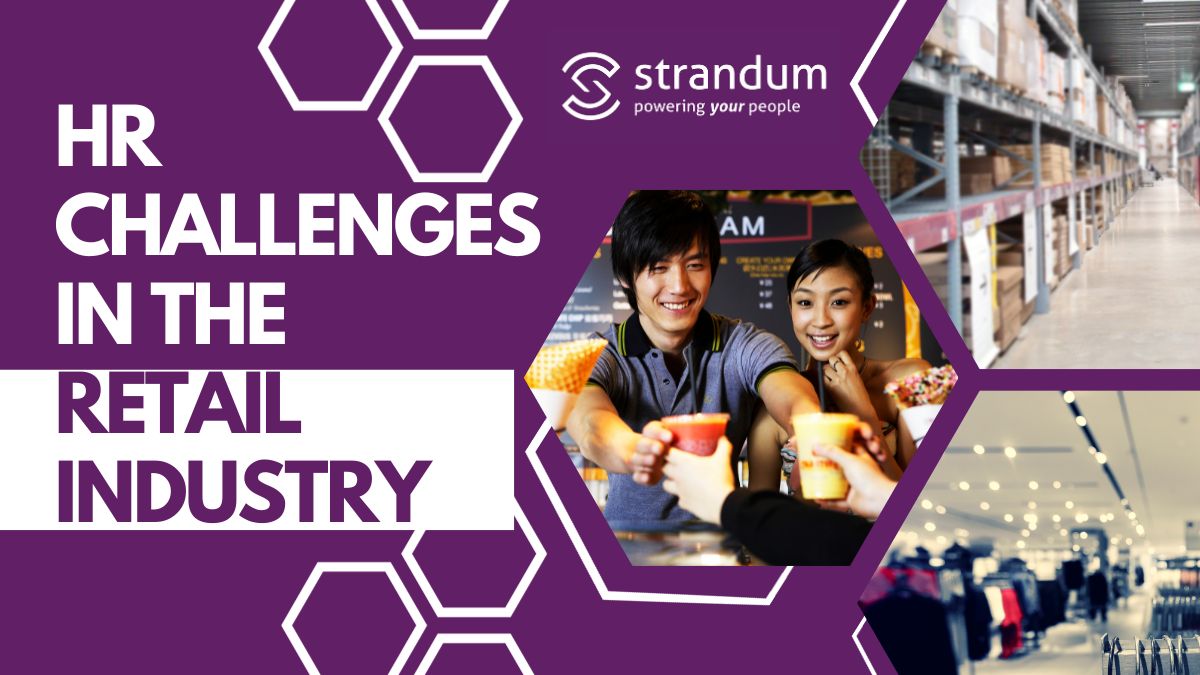
Navigating Human Resources Challenges in the Retail Sector: An In-Depth Guide
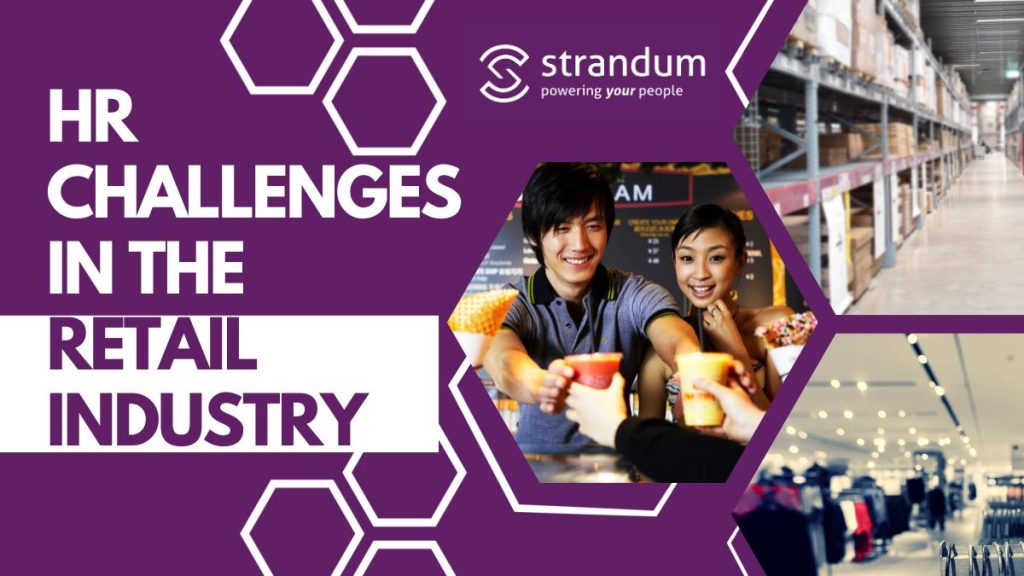
HR Challenges in the Retail Industry: Why HRMS is More Important Than Ever
In the retail sector, HR faces unique and intense challenges. This Retail HRMS Guide aims to explore these challenges and offer solutions. These hurdles are often amplified by the retail industry’s competitive and fast-paced environment. Specifically, they range from talent management to high staff turnover.
Moreover, HR in retail deals with the logistical complexities of a diverse workforce spread across various locations, sometimes globally. Within this intricate framework, the role of a sophisticated HRMS becomes indispensable. It automates essential tasks, provides analytics, and ensures compliance. Thus, a well-executed HRMS can serve as the backbone of effective HR management in retail.
In this Retail HRMS Guide, we’ll delve deeper into these pressing HR challenges and explore practical HRMS solutions. By doing so, this comprehensive guide aims to offer a balanced perspective. Even in a traditional industry like retail, HRMS technology is not optional but essential for sustainability and growth.
Contextual Overview of the Retail Industry
Human Resources (HR) professionals in the retail sector are increasingly finding themselves at the crossroads of multiple transformations that the industry has been undergoing. From the boom in e-commerce to the ramifications of globalisation, the retail sector isn’t what it used to be. The old challenges of talent management and staff turnover are now compounded by a plethora of new variables:
- E-commerce Boom: The surge in online shopping has necessitated a new, integrated approach to HR management that seamlessly blends online and in-store experiences. HR professionals are tasked with ensuring that employees are well-versed in both realms.
- Globalisation: As retail businesses extend their reach beyond local and national boundaries, HR departments have the uphill task of managing a workforce that’s spread across multiple countries, each with its own set of labour laws and cultural norms.
- Consumer Expectations: With customers demanding personalised, convenient, and rapid service, the pressure on retail employees has never been higher. HR departments need to ensure that staff are well-trained and motivated to meet these heightened expectations.
- Technological Innovations: The advent of AI, machine learning, and big data analytics has revolutionised several aspects of the retail industry such as inventory management, customer service, and marketing. This shift has introduced new skill set requirements for staff, and it’s up to HR to ensure that employees are adequately trained and adaptable to new technologies.
Given these multi-dimensional challenges, the role of a robust Human Resource Management System (HRMS) is crucial. An HRMS automates time-consuming tasks. Additionally, it provides valuable analytics. These analytics are crucial to assist in decision-making. Its role in ensuring compliance on a global scale cannot be overstated, making it an indispensable tool for modern HR management in retail.
In this article, we will delve into the nitty-gritty of these challenges, breaking down each factor and its impact on HR responsibilities. Furthermore, we will explore how a well-implemented HRMS can significantly alleviate these issues, guiding HR professionals in the retail sector towards more efficient and effective practices.
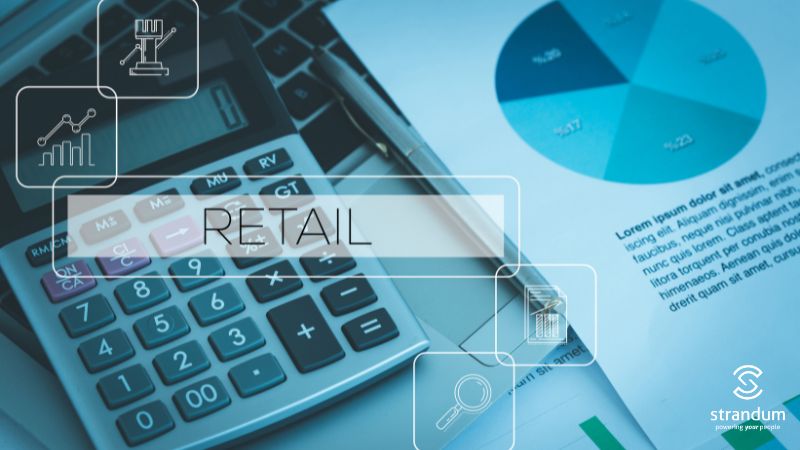
Top Seven HR Challenges: A Retail HRMS Guide
As the retail industry continues its march towards an increasingly complex future, there are specific hurdles that HR departments face more prominently than others. From balancing traditional and new-age workforce management to upholding stringent compliance protocols, HR professionals must address a gamut of issues. In this context, let’s delve into the top seven HR challenges that are particularly relevant in today’s retail sector:
1. Talent Acquisition and Retention
The retail sector is notorious for high employee turnover, owing to factors like low wages, irregular hours, and limited career advancement options. This high turnover rate necessitates a relentless cycle of hiring and training, adding extra costs and administrative burdens to HR departments.
Strategies for Improvement:
- Implement robust career development programmes.
- Foster a rewarding culture through performance reviews, bonuses, and employee recognition.
- Offer competitive pay scales and flexible benefits, such as health coverage and pension contributions.
- Invest in advanced HR tech tools for efficient recruitment and retention processes.
2. Training and Development Gaps
In a sector that often prioritises cost-cutting, training and development can be sidelined. Yet, neglecting training can lead to unskilled employees who may struggle to meet customer service standards.
Strategies for Improvement:
- Develop a well-rounded training curriculum covering customer interaction, product knowledge, and sales tactics.
- Use eLearning platforms to make training accessible and convenient.
- Periodically review employee performance and offer constructive feedback.
3. Employee Engagement and Experience
Low morale and employee disengagement are persistent challenges in the retail industry. A disengaged workforce can result in subpar customer service, affecting the business’s bottom line.
Strategies for Improvement:
- Initiate rewards and recognition programmes.
- Encourage open communication between management and employees.
- Use digital tools for internal communication to highlight exceptional work and company milestones.
4. Workforce Management and Planning
Adequate workforce planning is vital for meeting customer demands and ensuring effective operations. Retailers often struggle with scheduling due to variable customer footfall, seasonal fluctuations, and staff availability.
Strategies for Improvement:
- Implement HR software to automate scheduling and workforce planning.
- Encourage employees to self-manage their schedules through mobile apps.
- Utilise data analytics to forecast staffing needs more accurately.
5. Compliance and Safety Measures
Moreover, compliance with safety regulations and data protection laws is crucial. This is to mitigate risks such as workplace accidents and legal issues.
Strategies for Improvement:
- Regularly update policies and conduct mandatory training on compliance issues.
- Employ multi-factor authentication to protect sensitive data.
- Develop an incident response plan and assign responsible parties for quick action.
6. Cultural and Diversity Management
In an increasingly globalised world, the retail industry often finds itself at the crossroads of cultural interactions. With a workforce that can span multiple nationalities, ethnic backgrounds, and belief systems, the challenge for HR lies in managing this diversity. The sector is particularly susceptible to cultural misunderstandings and conflicts that can disrupt team cohesion and productivity.
Strategies for Improvement:
Given the complexity of the modern retail landscape, it’s vital to go beyond merely acknowledging diversity and actively work to create an inclusive environment. Here are some strategies:
- Implement diversity training: Conduct training sessions that educate employees on cultural sensitivities, biases, and the importance of an inclusive workplace.
- Create diversity committees: Form committees that include members from various backgrounds to foster an inclusive culture and provide guidance on best practices.
7. Addressing the Flexible Economy and Temporal Workforce
The rising flexible economy has a profound impact on the retail sector. As businesses adapt to fluctuating demands, the reliance on part-time and temporary staff becomes increasingly crucial. This dynamic introduces a new set of challenges for HR departments, particularly in how they manage, engage, and maintain these workers.
Strategies for Improvement:
When dealing with a workforce that is often transient and may not have long-term commitment to the company, traditional HR practices may fall short. Here are some tailored strategies:
- Develop an onboarding process specifically for temporary staff: Create a streamlined and efficient onboarding process that quickly brings temporary staff up to speed, ensuring they’re productive from day one.
- Use digital platforms to manage flexible workers effectively: Leverage technology to provide flexible workers with a unified platform for task management, communication, and payment. This will help in optimising resource allocation and in gauging performance metrics.
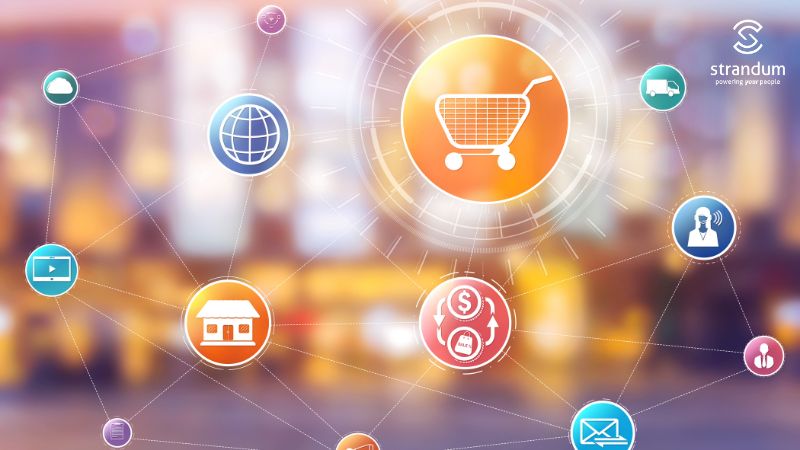
The Pivotal Role of HRMS in Retail
The retail sector’s complexities necessitate a robust, agile, and data-driven approach to human resources management. In this respect, having an advanced Human Resource Management System (HRMS) is no longer a luxury but a necessity. Let’s explore why an HRMS is so crucial:
Importance of HRMS in Addressing Challenges
- Centralisation of Information: Retail operations often span multiple locations and may even be international. An HRMS helps centralise employee data, streamlining the administration across various geographical and functional domains.
- Real-Time Analytics: One of the greatest strengths of an HRMS is its capability to provide real-time insights. These can be invaluable for identifying patterns in employee behaviour, predicting turnover, or optimising staffing levels based on customer footfall data.
- Automated Workflows: Tasks like payroll processing, benefits administration, and compliance reporting can be highly time-consuming. Automation through an HRMS frees up time for HR professionals to focus on strategic initiatives like talent development and employee engagement.
- Improved Communication: Communication is vital in a fast-paced retail environment. An HRMS often includes internal communication platforms that allow for real-time updates, knowledge sharing, and immediate feedback.
- Enhanced Employee Experience: Employee portals within an HRMS enable staff to manage their schedules, request time off, and access training materials, empowering them and enhancing engagement.
- Data Security: Given the sensitive nature of HR data, an HRMS with strong security protocols is crucial to protect employee information and comply with regulations like GDPR.
- Cost Efficiency: Although an HRMS requires initial investment, its efficiency gains and potential for reducing errors make it a cost-effective solution in the long run.
Conclusion
In the volatile and complex landscape of the retail industry, human resources can be a strategic asset or a cumbersome liability. The challenges are manifold, ranging from attracting and retaining talent, to ensuring compliance and fostering an inclusive culture. For HR professionals, the task is akin to juggling multiple balls while walking a tightrope.
That’s where an advanced HRMS comes into play, offering a lifeline that simplifies, optimises, and elevates human resource management. It serves as a powerful tool that not only mitigates the challenges but also turns them into opportunities for organisational growth and excellence.
In summary, implementing a robust HRMS is akin to installing the central nervous system in the body that is your retail operation; it coordinates, analyses, and improves functions across the board. Given the rapid transformations in the retail sector, investing in a state-of-the-art Retail HRMS Guide isn’t just an operational upgrade—it’s a strategic imperative for sustainable success.



